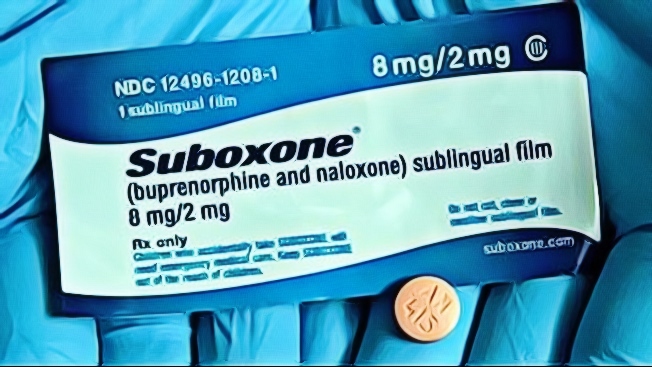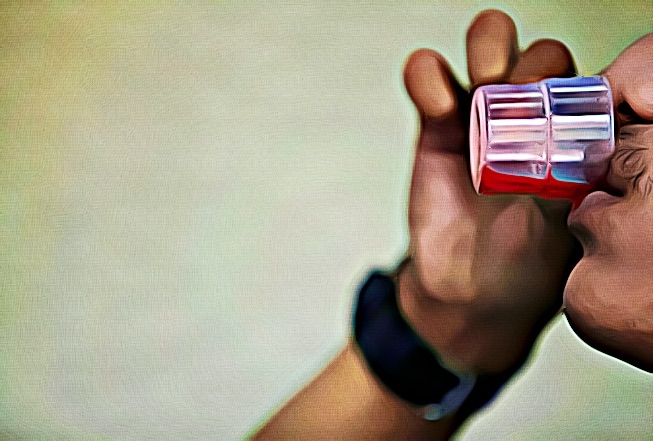Of all the substances to which you could develop an addiction, opioids like heroin, morphine, and oxycodone are the most difficult to deal with. They are associated with extreme levels of addiction particularly because of how they interact with receptors in the brain.
It is not unheard of for people trying to rid themselves of an opioid addiction to suffer intense withdrawal symptoms. This adverse reaction can get so extreme that it may result in serious medical harm and even death. As such, many drugs have been developed to help mitigate the symptoms of withdrawal from opioid drugs. They are often formulated to interact with the same opioid receptors, which means these drugs can still be subject to misuse and abuse.
In this particular article, we are going to talk specifically about one of these drugs: Suboxone.
What is Suboxone? How is it used for pain?
Suboxone is the brand name for a prescription medication specially formulated to treat opioid addiction. It is made up of opioid buprenorphine and naloxone. Combined, these two are meant to stave off the cravings for addictive opioids like heroin, codeine, fentanyl, and oxycodone.
More specifically, Suboxone is designed to wean people from stronger substances and reduce the intensity of withdrawal symptoms to a more manageable degree. The detoxification process from opioid drugs is well-known for its intensity and propensity for complications, and these drugs can help protect a person while they are slowly flushing these substances from their system.

It is important to note, however, that Suboxone is not meant to be a cure for opioid addiction, and merely an aid.
In the USA, Suboxone is classified as a Schedule III controlled substance. This category includes all chemicals and substances that have significant medical value despite carrying moderate risks for addiction. Even among doctors, the capacity to prescribe this treatment is limited. Only those with certification from the Department of Health and Human Services are allowed to do so.
The medicine itself is distributed as dissolvable films and tablets for easier consumption. It functions by interacting with the receptors stimulated by opioid drugs. As we have mentioned before, Suboxone is a mixture of two substances: buprenorphine and naloxone. Both of these serve different functions in the treatment of opioid addiction.
The buprenorphine is what is known as a partial opioid agonist; it allows the brain to feel a “chemical satisfaction” from binding to a substance similar to drugs at a minimized level and with significantly less intense effects. Essentially, it provides a controlled amount of the substance so that consumption can be reduced gradually rather than suddenly.
The naloxone, on the other hand, is a drug designed to rapidly reverse overdose from opioid drugs. It acts as an antagonist, binding to the opioid receptors so it can block the effects of heroin, morphine, and oxycodone. What is important to remember is that this can only do so temporarily; the substances still need to be flushed from the system to prevent serious injury or fatalities.
Despite the fact that its effects are temporary, naloxone is often carried by first responders. Patients being treated with morphine for pain relief are also supplied with naloxone in the event of an overdose. Without this life-saving drug, a person can die in as little as ten minutes. Naloxone can give someone the time they need to get treatment from a hospital.
An unfortunate fact is that around 590% of the Suboxone prescribed in the United States is misused in various ways. It is not unheard of for it to be sold on the street with heroin and other narcotics. Addicts soon discovered that it could be used to maintain their addiction because of the way it works.
While it does not provide the high they’re searching for, it can reduce the intensity of withdrawal symptoms, which can start within hours of an addict’s last hit.
Suboxone High: What is it like?
In most cases, Suboxone will not get you high. Any sensation of euphoria or pleasure you might feel from it will be significantly small compared to a hit of morphine, heroin, or oxycodone. Any person who feels a high from being treated with this medicine should immediately consult their doctor. This is a sign that the treatment is not appropriate for your physiology.
Suboxone Dosage
In a medical setting, Suboxone is taken sublingually (under the tongue) or orally. The film is placed under the tongue or between the cheeks and gums. As it dissolves, it will be absorbed into the bloodstream. Tablets are also available.
Suboxone is distributed in four strengths, which are as follows:
- 2 mg buprenorphine, 0.5 mg naloxone
- 4 mg buprenorphine, 1 mg naloxone
- 8 mg buprenorphine, 2 mg naloxone
- 12 mg buprenorphine, 3 mg naloxone
The drug itself cannot get you high, but that has not stopped people from attempting users from trying. It is not unheard of for it to be crushed and snorted or dissolved and injected into the bloodstream (which actually forces the naloxone to activate sooner, cancelling out the effects).
Suboxone vs. Methadone: What are the differences?
Methadone is a pain reliever that alters the brain’s response to pain. It is an opioid agonist, activating the opioid receptors in the brain to relieve pain. It comes in pill, liquid, or wafer forms and can provide anywhere from 4 to 8 hours of pain relief.

This medicine has been in use as a treatment for heroin and opioid addiction for over 60 years, but has been used among people addicted to heroin and narcotic pain medicines. Though it is absorbed more slowly than its illegal siblings, it can be consumed to get high. Statistics have also shown that it has a high chance of relapse.
Suboxone was essentially developed as an alternative to Methadone and is slowly growing in popularity in the treatment. Because the drug does not get you high, it acclimatizes addicts to life without the sensation. Not only that, but it also eases them into sobriety by reducing the intensity and risk of life-threatening complications from withdrawal.
Suboxone Withdrawal: Understand the symptoms
One thing you need to remember is that Suboxone does not eliminate the symptoms of withdrawal entirely. You will still feel the symptoms to some degree.
The first 72 hours are often deemed to be the worst. Physical symptoms such as pain, vomiting, dizziness, fevers, chills, and so on are just a few on the list of things. These will subside over the course of a week, but you will still experience aches, pains, insomnia, and mood swings.
Other symptoms include:
- Headaches
- Muscle aches
- Lethargy
- Digestive distress
- Irritability
- Difficulty concentrating
- Sweating.
The next two weeks will bring depression. Intense cravings will happen until the end of the month. Cravings may subside within the next few months, but the psychological dependence will need to be addressed with proper treatment and therapy.
In Conclusion
Suboxone, on its own, is potentially addictive. Combined with other opioid drugs, it can be used to support an addiction, giving addicts the capacity to consume more. Used correctly under the careful watch of an addiction treatment center, however, this drug can be an effective tool to finally rid someone of their addiction to heroin and other opioid drugs. It can reduce the risk of intense medical harm as you try to live a meaningful life free from drugs.
Sources:

